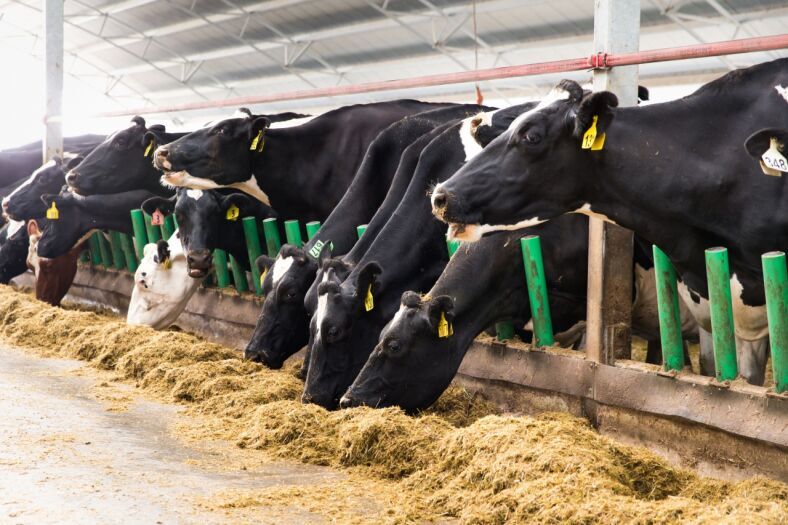
Articles
Forward planning key to a successful season

After maize silage harvest is the perfect time to start thinking about your future maize silage requirements.
Paddock choice:
Naturally, the first decision to make is which paddock(s) to crop. At first glance, it makes sense to choose the paddocks that are growing the least amount of grass, as these will get the most benefit from pasture renovation.
Assessing and addressing drainage issues is critical as maize requires good drainage for optimal growth; waterlogged soil can create issues for seedling crops.
In a wet paddock, weed control is often poor and crop nutrients can be lost through leaching and run-off.
Correcting drainage issues will not only help ensure a good maize crop but improve future pasture production.
Ideally, farmers should also test, not guess, their maize fertiliser requirements. As soil nutrients vary from year to year, regular soil testing helps prevent under or over-application of nutrients.
When soil testing for maize, the core should be taken to a depth of 150 mm on mineral soils, and 300 mm on peat soils. Liming is also very important, and autumn application will help rectify soil pH in time for spring planting.
Hybrid choice:
Choosing a hybrid suitable to your region and farm system is crucial, so consider the following:
Select a hybrid that has a suitable maturity length for your growing environment – not too long, or too short. The comparative relative maturity (CRM) of the hybrid gives an indication of the amount of heat required, and therefore the time it will take for the crop to reach harvest maturity. Low-CRM hybrids take less time to reach harvest maturity than high-CRM hybrids.
Also, planting the highest dry matter and grain-producing hybrids for your area will help maximise metabolisable energy per hectare. The maize kernel accounts for 75% of the energy in maize silage, while the stover (leaf and stem) is only 25% of the total energy yield.
Finally, choose a hybrid that has the right agronomic characteristics (such as drought tolerance, disease resistance, and stalk and root strength) for your growing environment. If the crop is being planted into a paddock where moisture is limited, consider a hybrid from Pioneer’s Optimum AQUAmax® range.
Contractor communication:
A good relationship, and effective communication, with your contractor is a vital step toward establishing a successful maize crop.
It is important to communicate with contractors early to lock in your target planting dates, and ensure tasks are completed in a timely manner. Make sure you mention if any development work, such as drainage and contouring, needs to be completed prior to planting.
Forward planning of next season’s maize crop is a large contributing factor towards a successful crop, and reduces the pressure experienced by growers who make cropping decisions at the last minute.
For further information on planning your future maize requirements, please contact your local Area Manager https://www.pioneer.co.nz/contact-us/
